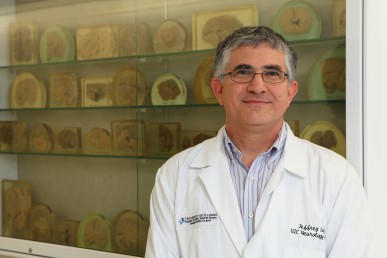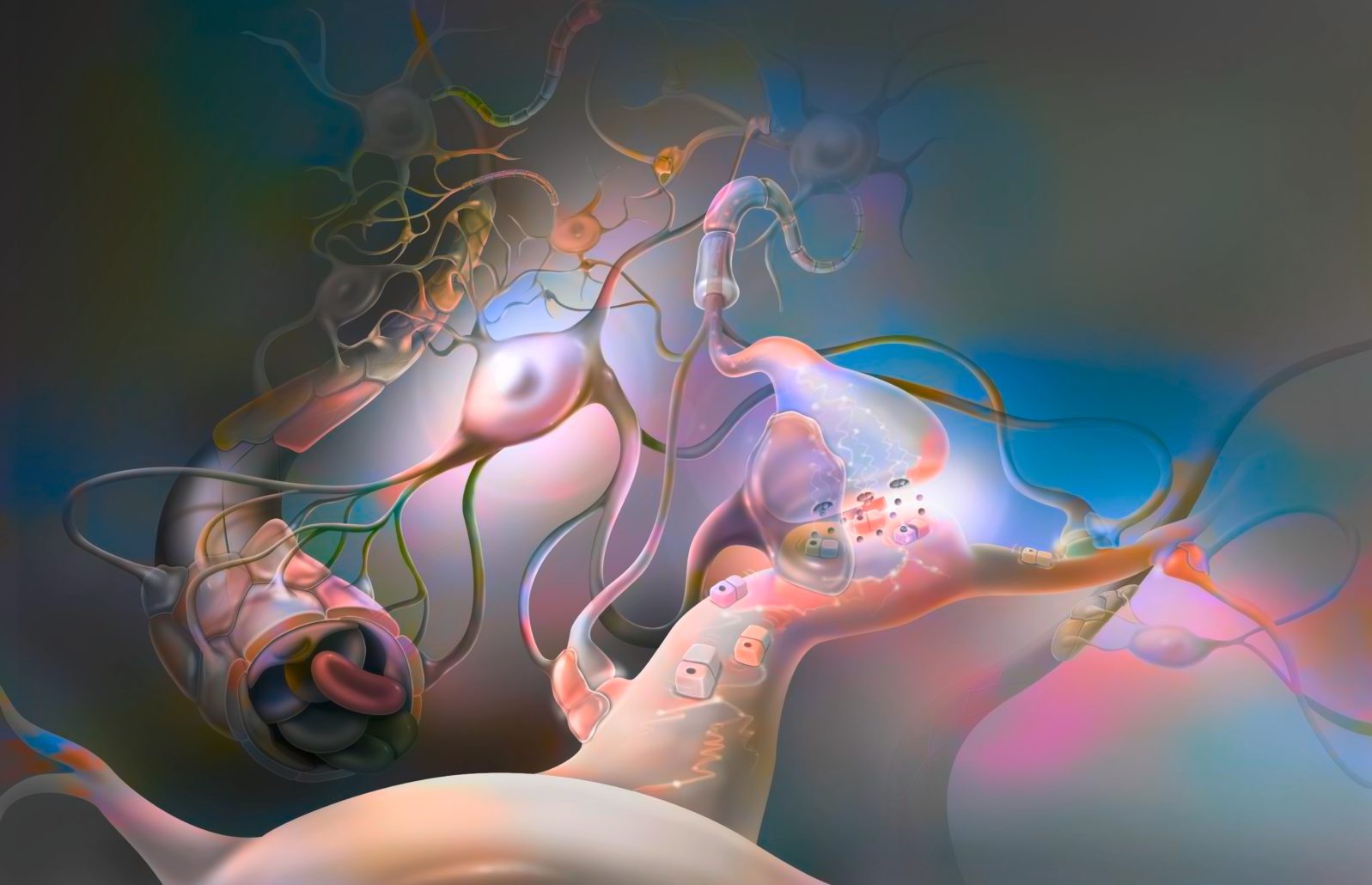The Zombie Genes That Survive Our Deaths
Death is an event that is more like a process. Some brain cells even become more active after we die.
Neuroscientist Jeffrey A. Loeb explains:
“Most studies assume that everything in the brain stops when the heart stops beating, but this is not so,” says the study’s corresponding author Jeffrey Loeb, the John S. Garvin Professor and head of neurology and rehabilitation at the UIC’s College of Medicine.
Robby Berman, “‘Zombie’ genes in the brain get to work after you die” at Big Think (March 26, 2021)

He and colleagues discovered gene expression in tissue from brain surgery that did not jive with the expressions observed in living humans, whether or not those humans had any neurological disorders. Because he is director of the University of Illinois Chicago brain tissue bank, Loeb was able to run a simulated death experiment by leaving living brain tissues at room temperature for up to 24 hours, essentially creating the circumstances of natural death for them:
These ‘zombie genes’ — those that increased expression after the post-mortem interval — were specific to one type of cell: inflammatory cells called glial cells. The researchers observed that glial cells grow and sprout long arm-like appendages for many hours after death.
“That glial cells enlarge after death isn’t too surprising given that they are inflammatory and their job is to clean things up after brain injuries like oxygen deprivation or stroke,” said Dr. Jeffrey Loeb, the John S. Garvin Professor and head of neurology and rehabilitation at the UIC College of Medicine and corresponding author on the paper.
Sharon Parmet, “‘Zombie’ genes? Research shows some genes come to life in the brain after death” at UIC Today (March 23, 2021)

They can’t know that their efforts are futile.
Other types of cells behaved as we might expect:
They found that about 80% of the genes analyzed remained relatively stable for 24 hours — their expression didn’t change much. These included genes often referred to as housekeeping genes that provide basic cellular functions and are commonly used in research studies to show the quality of the tissue. Another group of genes, known to be present in neurons and shown to be intricately involved in human brain activity such as memory, thinking and seizure activity, rapidly degraded in the hours after death. These genes are important to researchers studying disorders like schizophrenia and Alzheimer’s disease, Loeb said.
A third group of genes — the ‘zombie genes’ — increased their activity at the same time the neuronal genes were ramping down. The pattern of post-mortem changes peaked at about 12 hours.
Sharon Parmet, “‘Zombie’ genes? Research shows some genes come to life in the brain after death” at UIC Today (March 23, 2021)
But after that, the lights began to go out even for the “zombie” glial cells.
The researchers hope that their findings will help improve post-mortem examinations. Loeb notes, “The good news from our findings is that we now know which genes and cell types are stable, which degrade, and which increase over time so that results from postmortem brain studies can be better understood.”
The findings are also relevant to the question of whether brain death can be reversed. In some cases, it may come down to a question of how many cells have died and of what type.
You may also wish to read: Can brain death be reversed? Some researchers are hopeful. They study the salamander, which can regenerate parts of its brain, for answers for brain-injured humans. The lights do not go out all at once at death and interventions that were not possible in 1968 (Harvard definition of brain death) may become possible today.
Note: From the study’s Abstract:
Predicted transcriptional changes were confirmed histologically on the same tissue demonstrating that while neurons were degenerating, glial cells underwent an outgrowth of their processes. The rapid loss of neuronal genes and reciprocal expression of glial genes highlights highly dynamic transcriptional and cellular changes that occur during the postmortem interval. Understanding these time-dependent changes in gene expression in post mortem brain samples is critical for the interpretation of research studies on human brain disorders.
Dachet, F., Brown, J.B., Valyi-Nagy, T. et al. Selective time-dependent changes in activity and cell-specific gene expression in human postmortem brain. Sci Rep 11, 6078 (2021). https://doi.org/10.1038/s41598-021-85801-6 The paper is open access.
